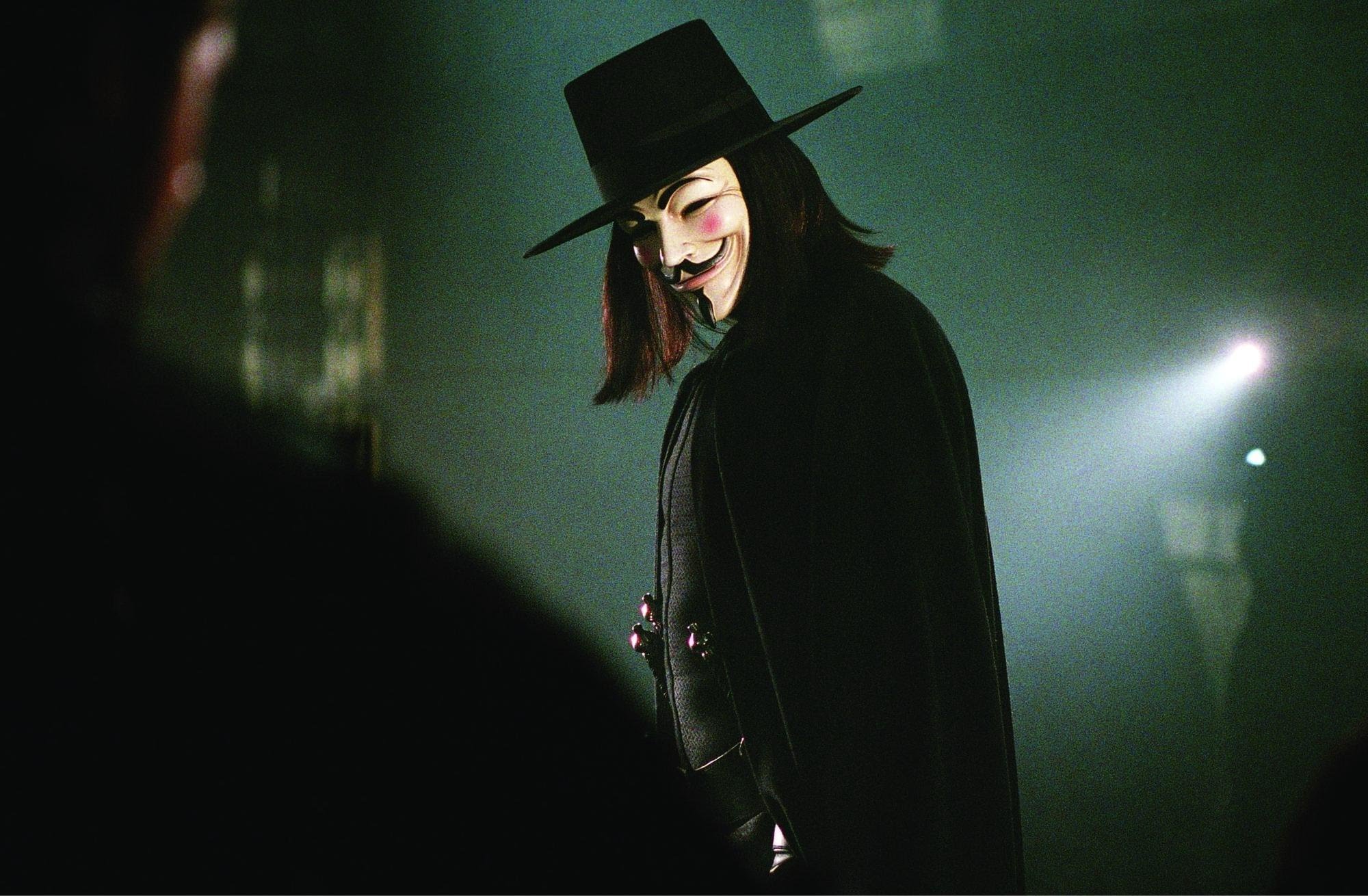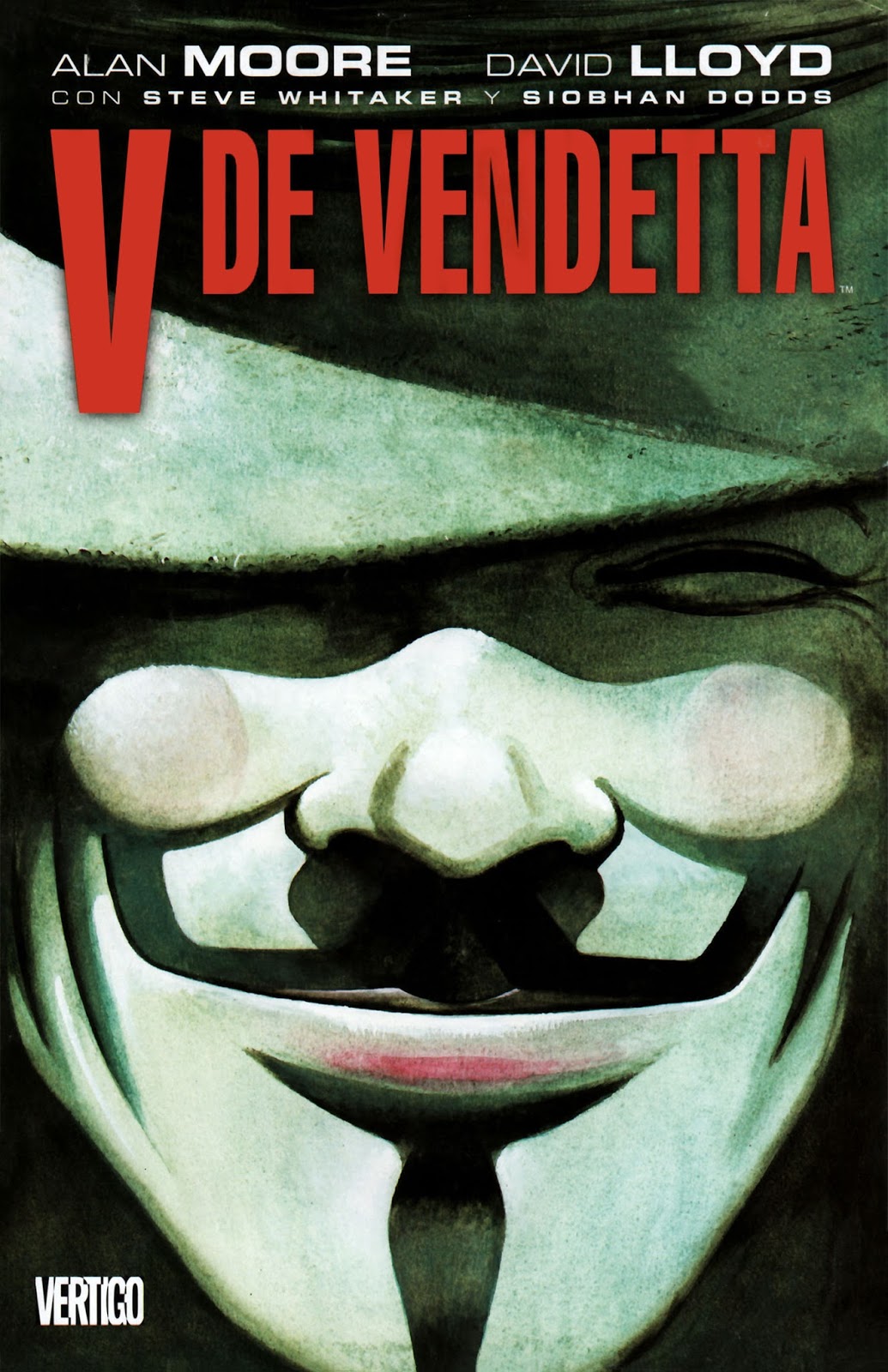
The media build false images, generates fear and promises happiness. The use of the media in the film is an elemental part of how the government controls the population. Every day we are brainwashed from a sensory overload of information, fueled with lies, propaganda and societal norms to abide by. In order to prevent controversy from arising, the bourgeois employ these strategies for the creation of captive audiences. Therefore, what this BA thesis aims to do is to shed light on such toxic constructs by gradually delineating their mechanisms of control, primarily through sourcing their origins and illustrating how they were established and used in the titular novels, while also contextualising these fictional accounts by juxtaposing them to their historical counterparts.The tactics of indoctrination used by the bourgeois in the film 'V for Vendetta' were through the control of the media by presenting violence and stupidity through the use of propaganda to uphold the truth for effortless control of the masses. To achieve this monopoly over political power and radically influence, change, and constantly oversee every aspect of public life, such regimes use a plethora of devices moulded especially for the subdual of masses, namely all forms of political repression, mass surveillance of speech and thought, regulation of rations, control over the state's economy, personality cultism used to enliven the image of the aforementioned single leader as the harbinger of better tomorrow, and all the institutions used to mechanize and fully utilize physical terror. It has intriguing storylines, experiments with various narrative techniques, character development, and presents serious topics deserving of praise and critical consideration.Īs dystopian novels, both V for Vendetta and 1984 remain situated within the frame of a post-apocalyptic world in which people are usually exploited by a self-proclaimed supremacist political party governing and controlling the masses in the form of a totalitarian police state helmed and shaped by a single leader.

The aggregate findings show that the graphic novel is equivalent to traditional novels. It possesses features that distinguish it as a literary work. It attempts to demonstrate that, while the graphic novel is postmodern, it is still literary. The methodology used to address the research question is a comparative approach between the novel and the graphic novel, followed by a literary analysis of V for Vendetta that includes aspects of the novel, elements of the postmodern novel, and critical approaches to literature. The objective of this research work is to investigate the literary value of the graphic novel V for Vendetta.


This study seeks to dispel this myth and to challenge the stigma attached to graphic novels. These assumptions are the consequence of years of misconceptions that have contributed to the devaluation of the graphic novel. Various experts have stated that the medium lacks the intricacies and sophistication of the novel. Graphic novels have sparked indignation and controversy among scholars and literary theorists.


 0 kommentar(er)
0 kommentar(er)
